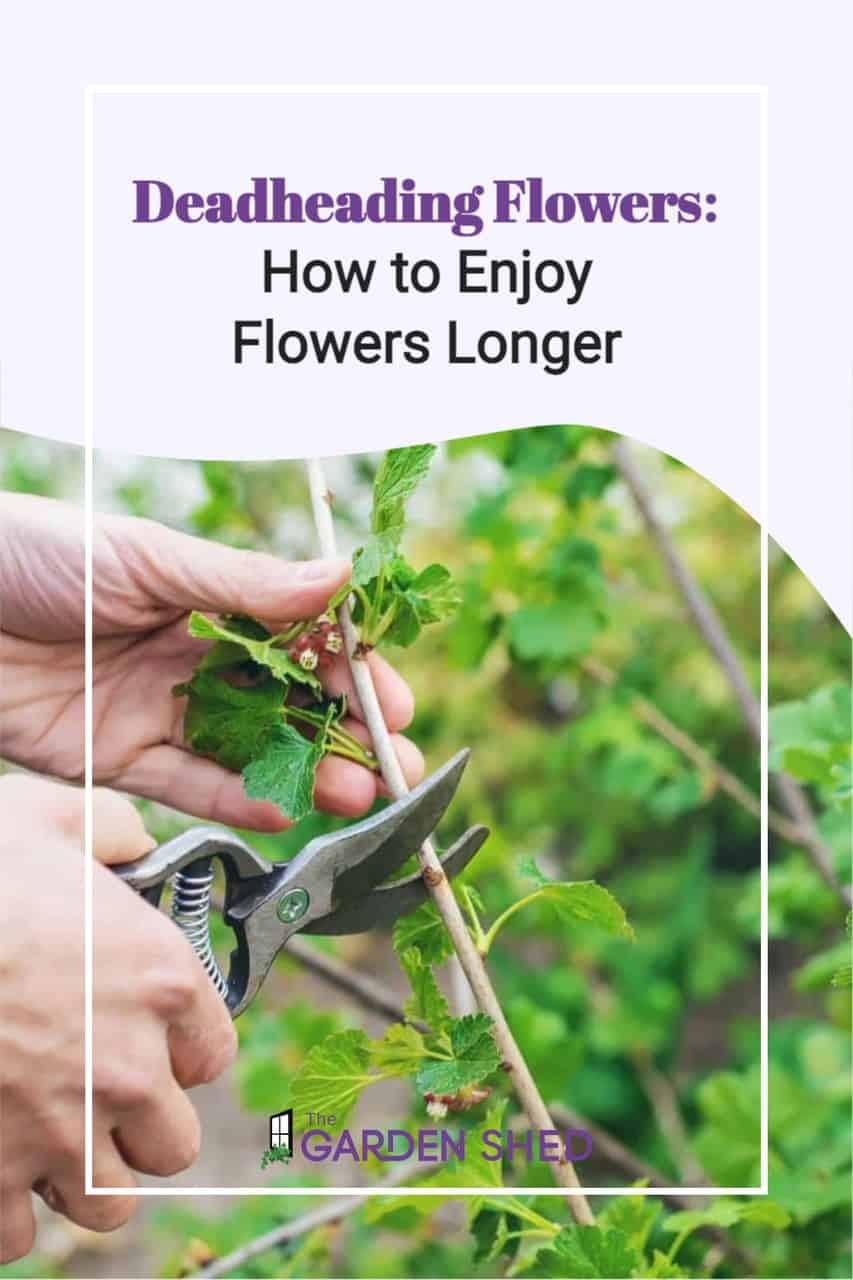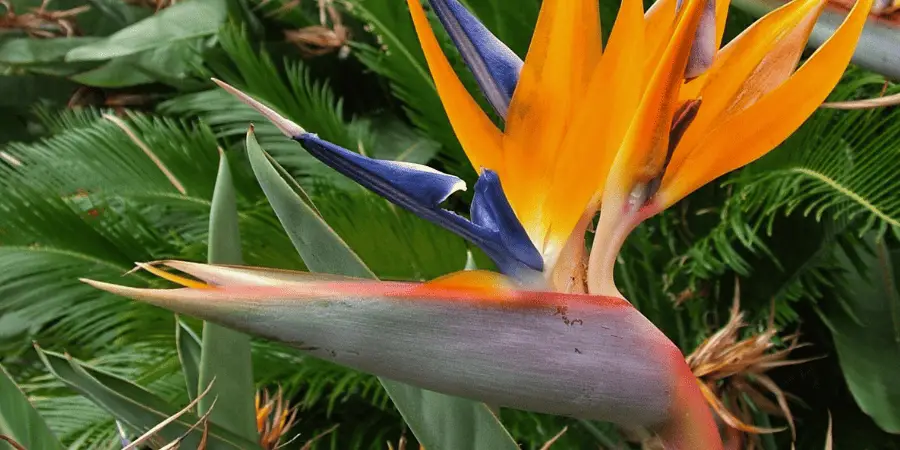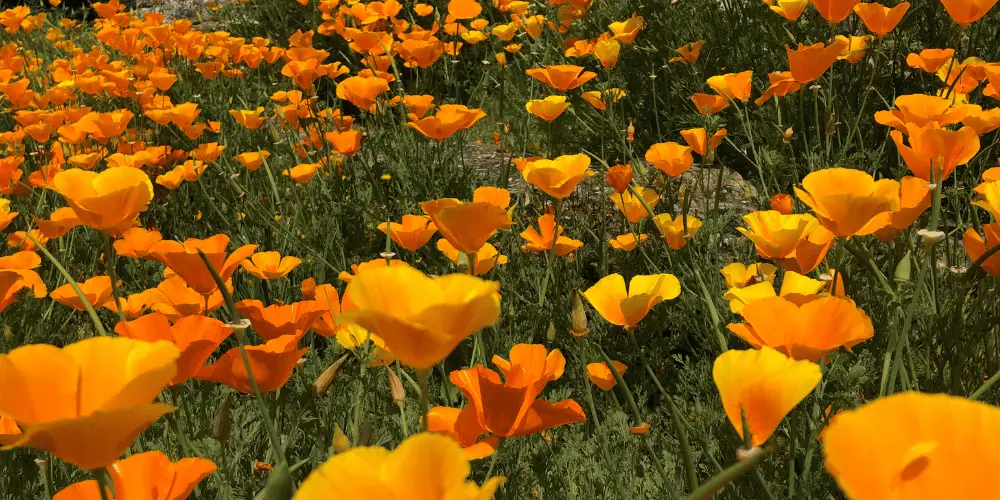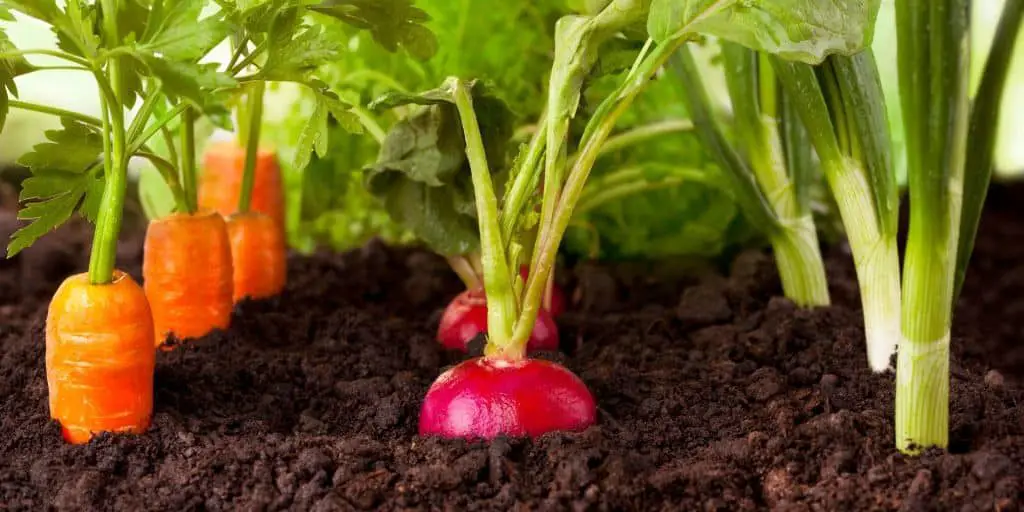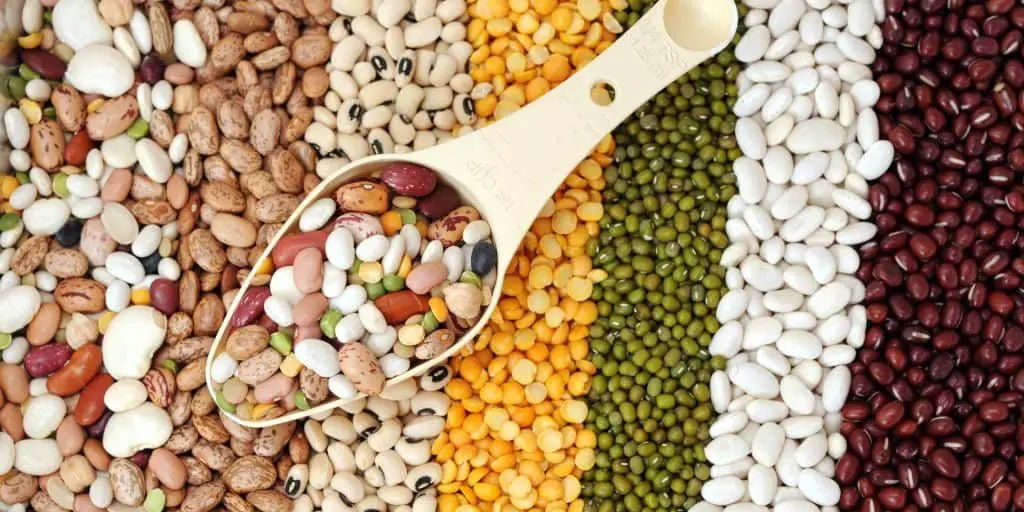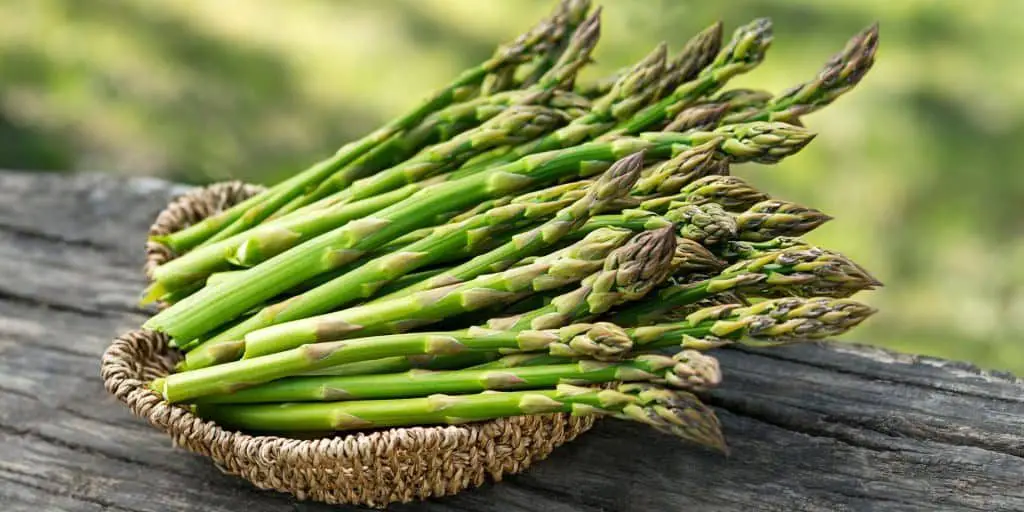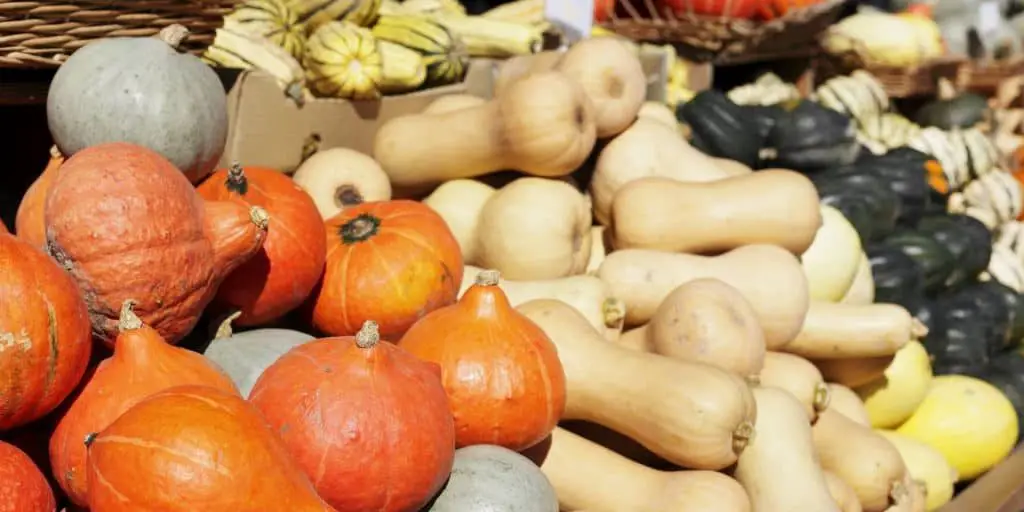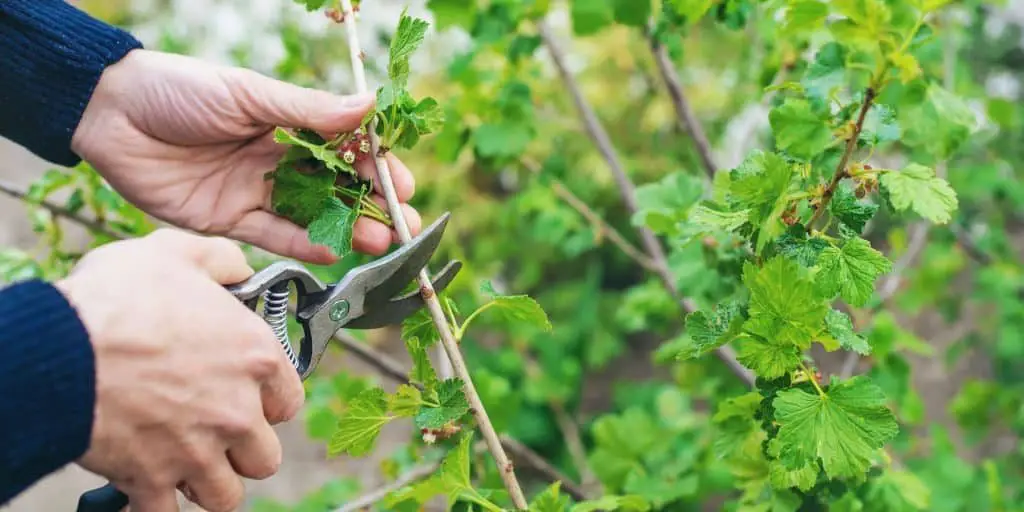
Deadheading Flowers: How to Enjoy Flowers Longer
What is Deadheading?
Deadheading flowers simply refers to removing old blooms before the plant begins producing seeds. Deadheading interrupts the flower’s natural cycle of growth. Normally, a flower goes through various stages of flowering and cycles through the bud, bloom, and seed phases. When you deadhead a flower, the flower’s energy is redirected from creating seeds into creating a new bloom and, eventually, more seeds. Deadheading, therefore, is a way to enjoy more flowers during the growing season by “tricking” the flower into thinking it is time to create a new bloom instead of going to seed.
Why Deadhead Flowers?
The primary reasons for deadheading flowers include appearance, increased blooms, and to discourage self seeding of unwanted plants.
Deadheading Creates a Tidy Garden
Every flower gardener enjoys beautiful flower blooms, but few enjoy faded and dead blooms. Removing these spent blooms gives your garden a tidier appearance and draws attention back to the healthy flowers in full bloom. Some flowers, like most daylilies, create a certain amount of flowers and deadheading will not encourage additional blooms. It will, however, create a more pleasing result if spent blossoms are removed. My gardening obsession started with a few daylilies my mom’s neighbor gave me as a gift. I used to go out in the morning with a wicker basket and snap off the spent blooms every morning. Within ten years, I was in love with the flowers and had hundreds of varieties of daylilies. With that many flowers, I gave up deadheading all of my garden and instead concentrated on the flowers closest to my house. Every morning I dumped the colorful contents of my basket into the compost bin. I am sure I had the prettiest compost bin in town.
Deadheading Prolongs the Blooming Season
A lot of flowers will bloom only one time during the season if allowed to go to seed. Intervening with a little deadheading before your flower goes to seed encourages another bloom and allows you to prolong the blooming season. Enjoying flower booms for a longer period of time is always a good thing!
Deadheading Prevents Self-Sowing
Deadheading is also a great way to prevent the dispersal of seeds if you do not want your self-sowing varieties of flowers to multiply. Some flowers self-sow easily (columbine, butterfly weed, liatris) and may overtake your garden if allowed to go to seed. Deadheading helps to control their spread by removing the seeds before they can fall to the ground.
How to Deadhead Flowers
Deadheading flowers can be done in a variety of ways, depending on the flower type and personal preference. Depending on the size and variety of your flower garden, you may employ all three.
Pinch Spent Flower Blooms
Some flowers, like my beloved daylily, remove easily and just need an gentle pinch or snap to remove the flower head. Be sure to remove the entire flower head and not just the petals when pinching off blooms.
Clip Blooms With Snippers
Flowers with stems such as daisies should be pinched, or cut with small snippers, below the spent flower and just above the next set of healthy leaves. Cut the flower relatively close to the leaves below to avoid looking at bare stems poking up through your flowers. The website fiskars.com recommends cutting your spent flower and stem back to 1/4 inch above a new lateral leaf, flower, or bud.
Sheer Spent Flowers with Hedge Clippers
Other mounding flowers such as salvia benefit from a hard pruning, or cutting back sprawling limbs as flowers fade. This, technically, is closer to pruning, but it still involves removing spent or straggling blooms to encourage new growth and blooms.
When to Deadhead Flowers
If you have a large variety of flowers in your garden, you could be deadheading flowers all season. Luckily, most gardeners enjoy deadheading and find it relaxing. If you only have a few varieties of flowers, you might need to deadhead only two or three times a year. It also depends on what type flowers are in your garden and how often they bloom. Daylilies, for example have blooms that last only one day. Therefore, I was out there every morning with my pretty wicker basket collecting spent blooms. Just thinking about it now makes me smile. I loved those mornings.
Should All Flowers Be Deadheaded?
Both perennials and annuals can be deadheaded, but some flowers benefit from deadheading and some do not. Some flowers, such as peonies, don’t “need” deadheading because they will not create another bloom, but they benefit from deadheading because spent blooms are often heavy and weigh down the flower, especially after a heavy rain.
Flowers That Benefit From Deadheading
- Bellflowers
- Blanket Flowers
- Bee Balms
- Cosmos
- Daisy
- Daylily
- Delphinium
- Hollyhocks
- Marigolds
- Petunias
- Roses
- Salvia
- Snapdragons
Flowers That Don’t Require Deadheading
- Astilbe
- Baptisia
- Impatiens
- Joe Pye Weed
- Lantana
- Ligularia
- Nemesia
- Russian sage
- Sedum
- Siberian iris
- Stonecrop
- Vinca
Deadheading is Optional
Flower gardening should be a joy, not time spent with tasks you dread. If you hate deadheading, don’t do it. True, your flowers might not look as good as those of your deadheading neighbor (not to be confused with your dead head neighbor – sorry, I couldn’t resist), but why add more stress to your life? Your flowers will get along just fine without you. As for me, I will be in the garden with my pretty wicker basket plucking spent blooms.
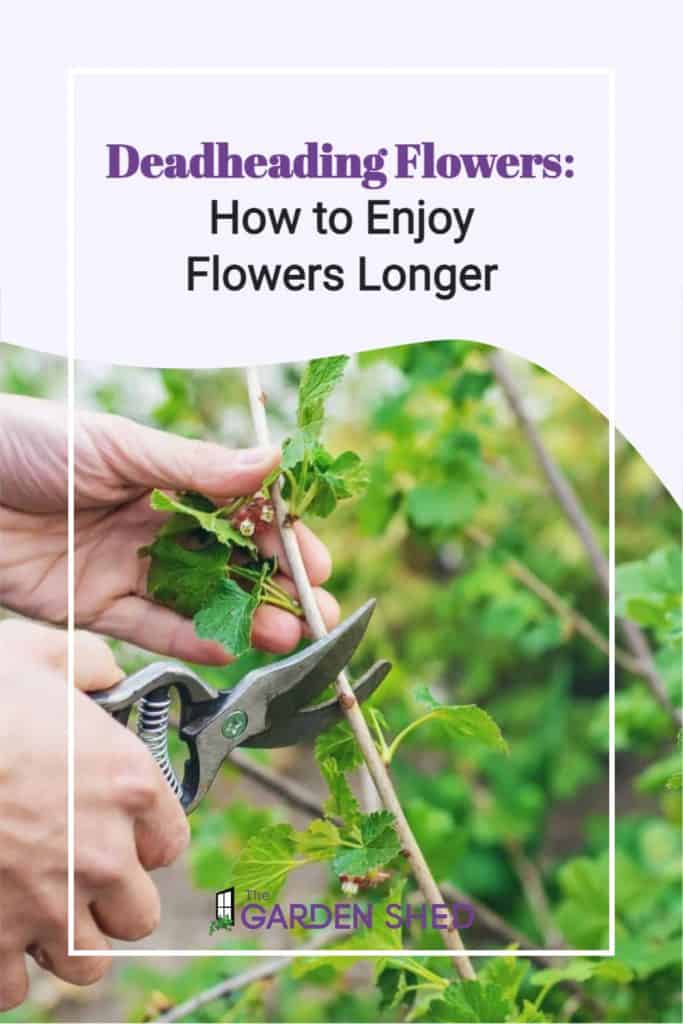
Related Posts
Flowers That Attract Bees To Your Garden
